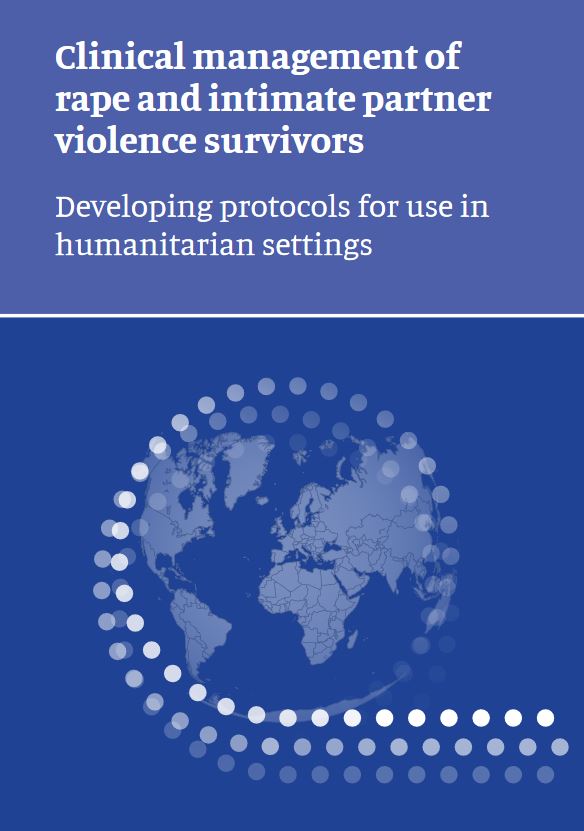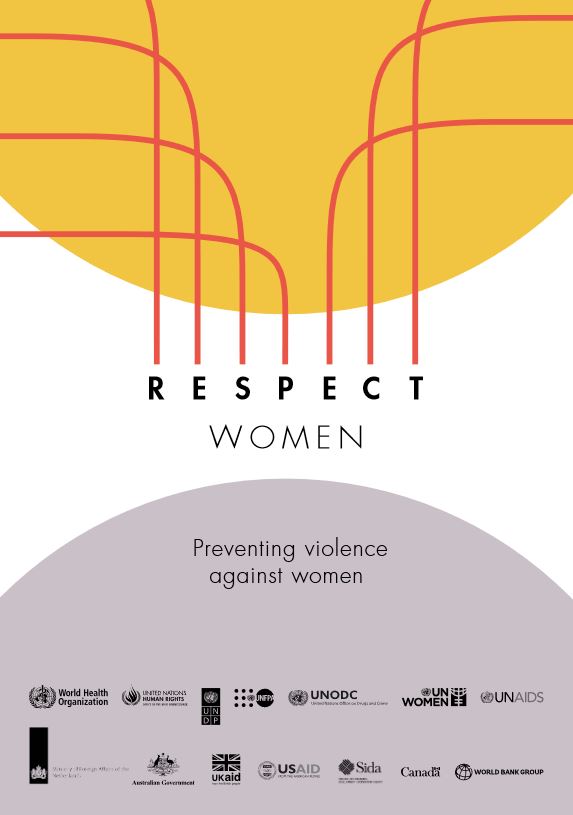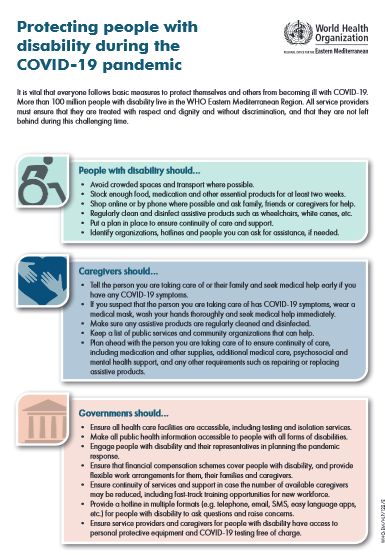Increasingly, violence and injuries are being recognized as important public health problems. Along with this recognition comes a pressing need to develop capacity in the area of injury prevention and control. Prevention efforts require multidisciplinary approaches and a variety of trained professionals. A public health approach to building capacity for injury prevention and control requires enhancing knowledge, developing skills, and enabling systems in which injury prevention and control efforts are supported.
Capacity-building needs include those related to human resources, institutional and infrastructural capacity, and networks and partnerships. WHO is working in all three of these domains to help build capacity for violence and injury prevention.
2 priority needs in the human resources area are training and skills development. To address training, WHO has collaborated with a global network of experts to develop a modular violence and injury prevention and control curriculum known as TEACH-VIP. To address skills development, WHO has developed a global mentoring programme for violence and injury prevention known as MENTOR-VIP. Other activities for human resource development, as well capacity building activities addressing other domains are outlined in WHO's strategic plan for capacity building.
Training |
|||
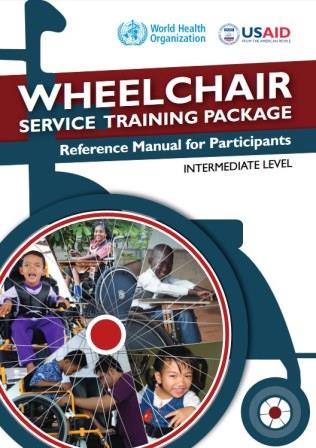 |
Wheelchair service training package – intermediate level | 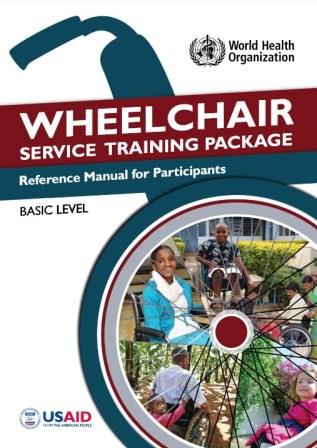 |
Wheelchair service training package - basic level |
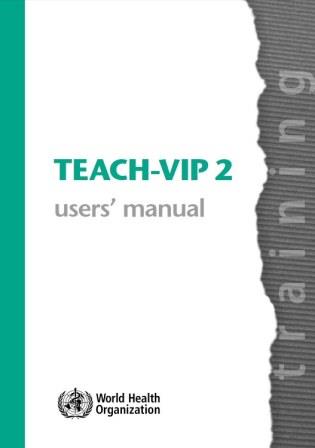 |
TEACH-VIP |
|
|
 |
VIP webinars |  |
|
Skills development |
|||
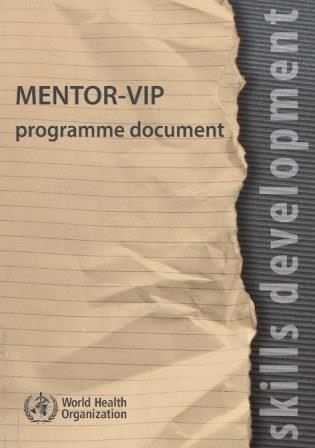 |
MENTOR-VIP | ||
Strategic plan for capacity-building |
|||
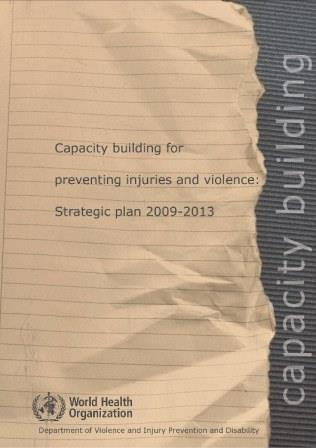 |
Strategic plan 2009-2013 | ||





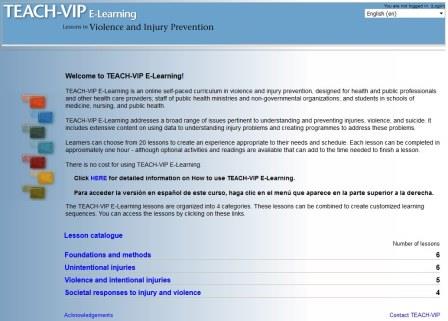
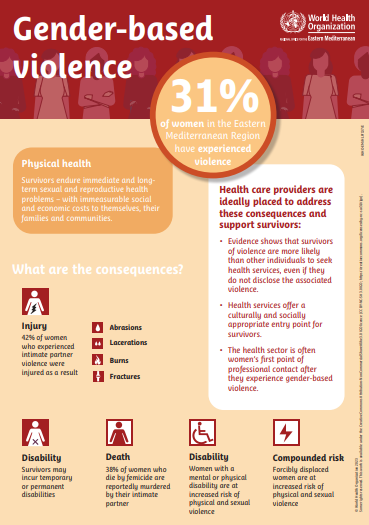

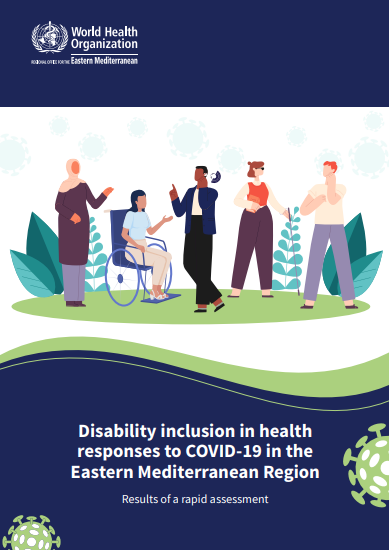
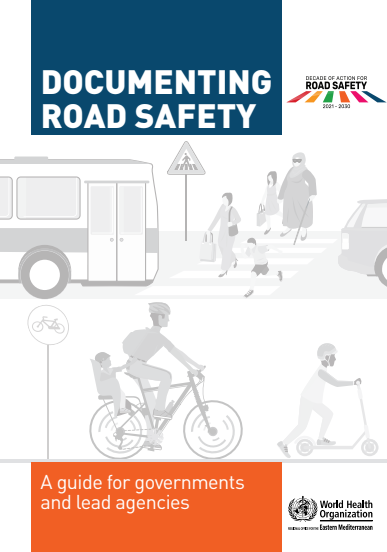 Documenting road safety: a guide for governments and lead agencies
Documenting road safety: a guide for governments and lead agencies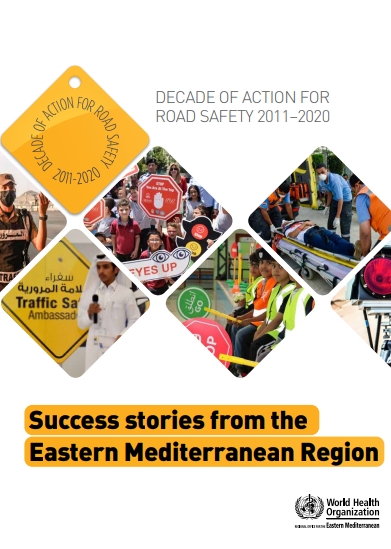


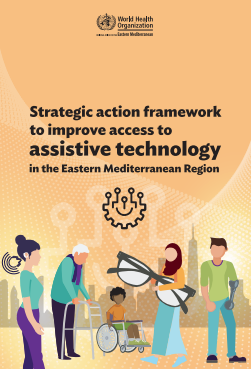 Strategic action framework to improve access to assistive technology in the Eastern Mediterranean Region
Strategic action framework to improve access to assistive technology in the Eastern Mediterranean Region